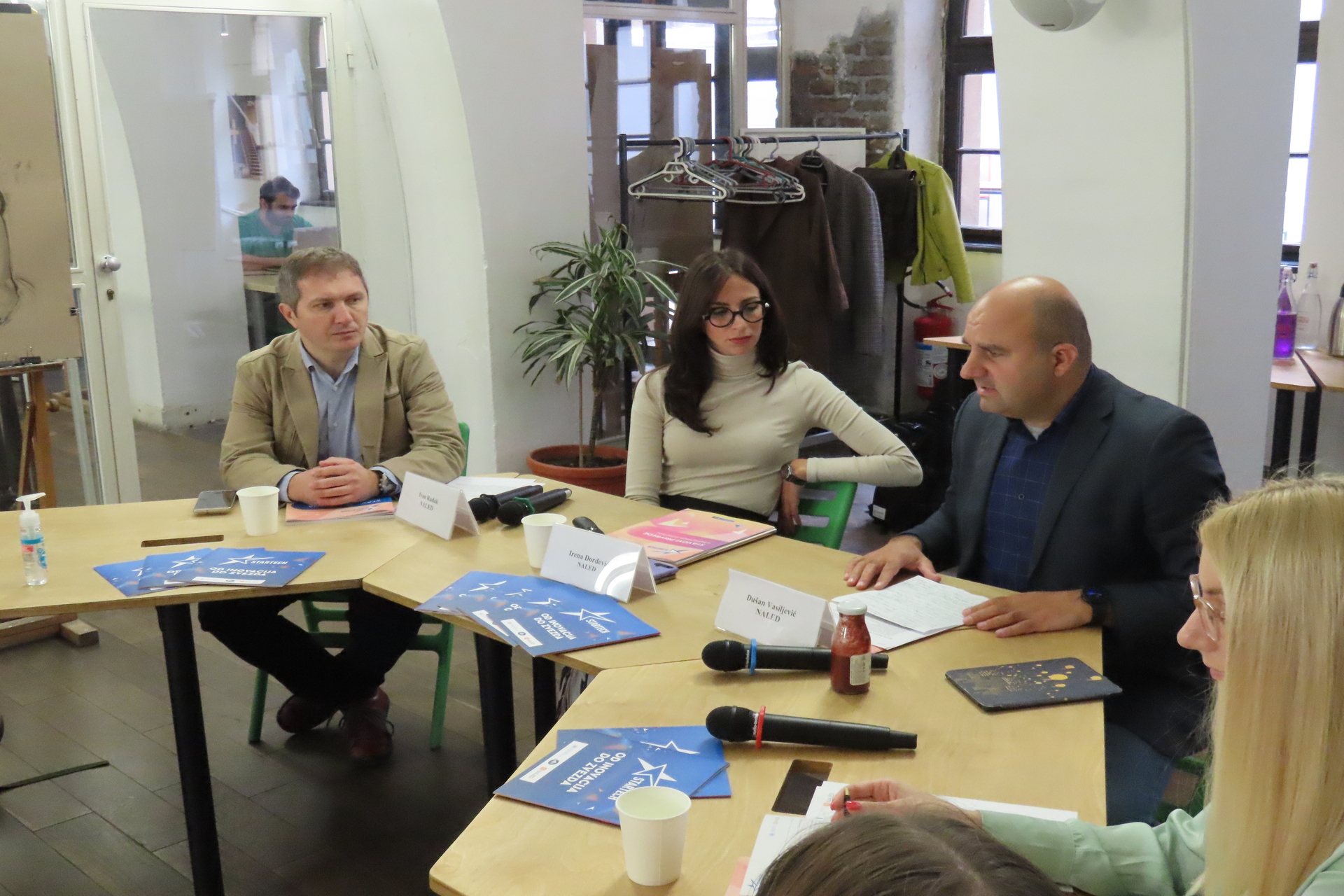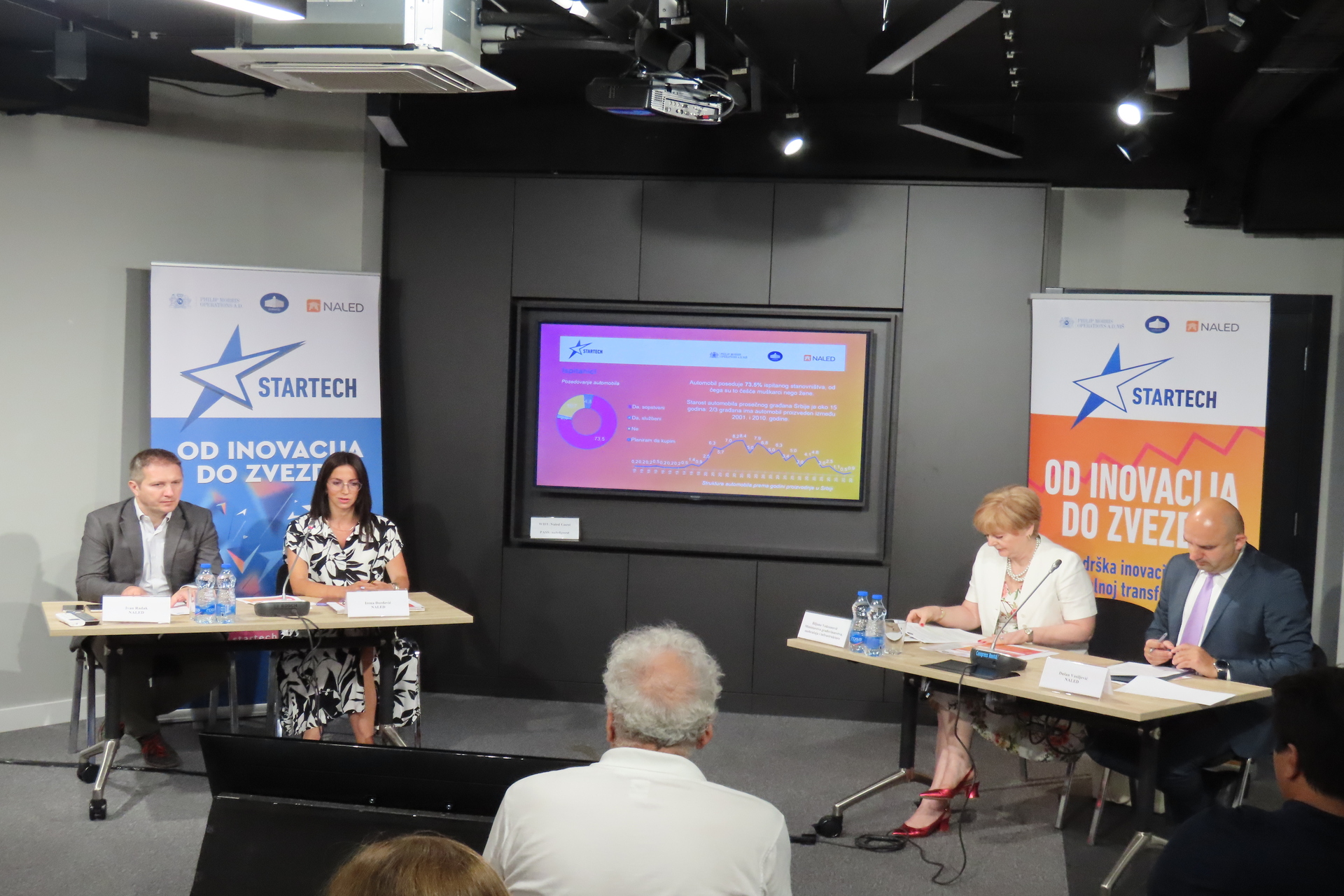Vehicles of the future on city streets
Innovative companies engaged in the production of autonomous vehicles will soon test their solutions on domestic roads, since test driving permits for two vehicles have already been issued by the competent authority. This practice has also received its legal regulation through the recently amended Law on Road Traffic Safety, which was adopted by the Government at the end of July and is currently in parliamentary procedure.
In this way, one of the recommendations of the first edition of NALED's Grey Book of Innovations, which refers to the introduction of a regulatory safe environment for testing autonomous vehicles, was partially resolved.
- The introduction of legislation for autonomous motor vehicles will place our country among the pioneers in this field, after the same practice took root in America, Israel and other developed countries. The amendments to the law introduce the concept of autonomous driving for the first time, and prescribe that autonomous driving on the road is allowed exclusively for the purpose of testing, based on a permit issued by the Ministry of Interior. After the law, it is expected to adopt by-laws that will more closely regulate the conditions for testing autonomous vehicles, as well as for their testing - explains Irena Đorđević, head of the Unit for Entrepreneurship and Innovation at NALED.
According to her, the initial recommendation of the Gray Book of Innovations was that instead of on the streets, testing should be done in a specially designed and equipped environment, the so-called. test bed centers. Such facilities allow companies and research institutions to test technologies and services in the field of automated driving on specially designed roads and highways.
However, the state has opted for a more liberal approach to testing autonomous vehicles in a real-world environment and the Ministry of Interior has already issued test drive permits for two autonomous vehicles at Level 3 autonomous driving, with a driver who would take over the controls in case of a problem. The state plans to test autonomous driverless vehicles in Serbia by Expo 2027.
According to the data of the survey of citizens' attitudes about autonomous vehicles conducted within the StarTech project, 41% of respondents are not at all familiar with this type of vehicle, while more than a quarter would not feel safe if it were present in traffic. Citizens perceive better performance, greater driving comfort and safety as the main advantages, while they see high acquisition costs and inadequate infrastructure as disadvantages.
According to the legal solution that is in the parliamentary procedure, another recommendation of the Gray Book of Innovations is partially resolved, namely the one related to the regulation of the issue of micromobility. From now on, the new legal framework also recognizes modern vehicles - electric scooters, of which, according to estimates so far, there are more than 200,000 in Serbia. It is envisaged that such vehicles move on bicycle and pedestrian-bicycle paths, as well as on the bicycle lane, exceptionally on the road if the speed on that section is limited to 30 km/h or up to 50 km/h, if the person is over 18 years old. If they are on the street, drivers must have protective equipment - a fluorescent vest and a helmet.
- It is commendable that the relevant ministry legally regulated this area, bearing in mind that accidents on the streets due to the lack of regulation were not rare. This will increase the safety of all road users. However, it remains an open question how other types of electric vehicles are treated, such as bicycles or hoverboards that can develop significant speed, as well as small autonomous delivery robots, since the law does not currently recognize these categories - Đorđević pointed out.
Additionally, drivers of electric scooters are required to have a sticker issued by the Traffic Safety Agency, prohibiting the transportation of other persons, while those under the age of 14 are prohibited from driving an electric scooter on public roads.
The Gray Book of Innovations is a specialized publication, created within the StarTech project funded by Philip Morris and implemented by NALED. The first edition contains 60 recommendations for improving business conditions for innovative and high-tech entrepreneurship. A second edition with updated and improved recommendations is expected to be published during the fall.




